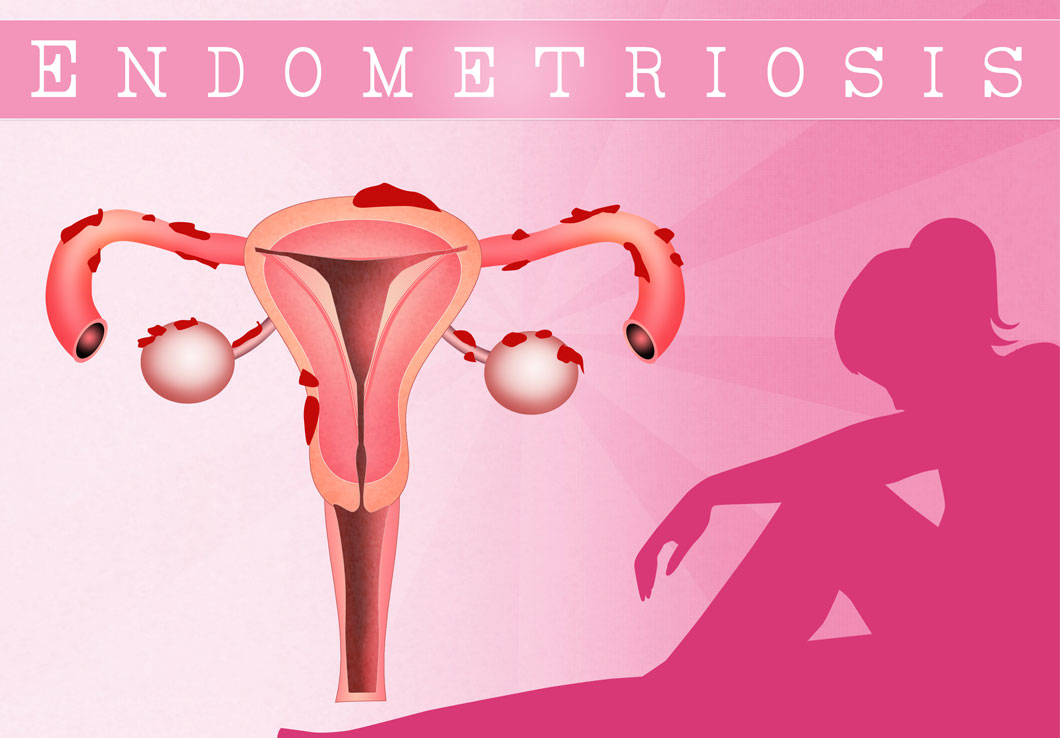 If a woman has endometriosis, some of the tissue that normally grows in the endometrium, or inner lining of the uterus, grows outside of the uterus. This can be on the ovaries, fallopian tubes, bladder, and other areas in the abdomen or parts of the body. They have even found endometriosis in some women’s toenails, lungs, and brains!
Endomeriosis is fairly common and is estimated to affect about one in 10 women during their childbearing years. Christine Masterson, MD, Chief of Women and Children’s Health at Summit Medical Group, comments on the challenge of this disorder, “Endometriosis is a difficult disease, as it may be present and cause no symptoms at all and be found incidentally at time of a C-section, or it may cause tremendous symptoms with microscopic implants that are hard to visualize. This can make it hard to diagnose. Imaging studies like ultrasound and MRI are not always helpful, and sometimes it takes surgery to diagnose.”
The cause of the disorder is still unknown, though many theories exist. The most common theory is the idea that mentrual blood backflow is the culprit. Leaving the endometrium in the uterine cavity, the tissues flow out through the tubes and implants in these others areas. Estrogen levels and genetics are also possible causes.
What is known are the factors that make women more likely to develop endometriosis. If you have a family member with endometriosis, you could be at increased risk, as genetics play a role. Other risk factors include:
- Never having children
- Starting your period at a young age
- Having menstrual periods that last more than seven days
- Having short menstrual cycles (27 days or fewer)
- Having a closed or otherwise blocked hymen earlier in life, which could block the flow of menstrual blood out of your body during menstruation, or other uterine abnormalities
The Most Common Sign: Pain
When a woman with endometriosis has her period, the misplaced tissue can swell and bleed. This can trigger pain in the pelvis, or lower abdomen. If you are having pain, Dr. Masterson recommends that you speak with your doctor about your cycles and history. Other symptoms can include:
- Low back pain
- Pain during intercourse
- Heavy periods or bleeding between periods
- Pain when urinating or during bowel movements when menstruating
- Trouble becoming pregnant
|
